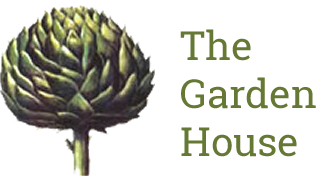Plant of the Month: Tamarix
Posted:17 May 2014
The delightful Tamarix (also known as salt cedar) always reminds me of sunny holidays and Mediterranean fishing villages – so if you are looking for a tree that will tolerate coastal conditions then look no further!
The genus Tamarix is composed of about 50–60 species of flowering plants in the family Tamaricaceae, native to drier areas of Eurasia and Africa. Introduced to this country in 1821, it won the RHS Award of Garden Merit (AGM) in 2002.
Tamarix are deciduous shrubs or small trees; arching in form they have minute leaves and light feathery racemes of very small pink or white flowers in spring, summer or early autumn. Tamarix make an excellent specimen plant or can be planted to provide a windbreak or informal hedge in coastal regions, growing to between 5 and 10mtrs.
T. tetrandra flowers in spring, and T. ramosissima in summer (this form is evergreen, less vigorous and slower to establish). They flower on new growth so can be pruned hard after flowering; cut all stems back by about half of the previous season’s growth. They are low maintenance and easy to propagate from cuttings taken at the end of May.
They grow best in full sun in well-drained sandy loams, Tamarix not very tolerant of chalk. Minimal watering is required even to establish the plant, and there is no particular need for soil preparation either. It is drought tolerant and can thrive in very saline and nutrient-poor soil.
In certain circumstances Tamarix are considered invasive (similar to Buddleia). Because of its ability to spread, its hardiness, fast growth, its high water consumption, and its tendency to increase the salinity of the soil around it, the tamarisk has often completely displaced native plants in wetland areas.

